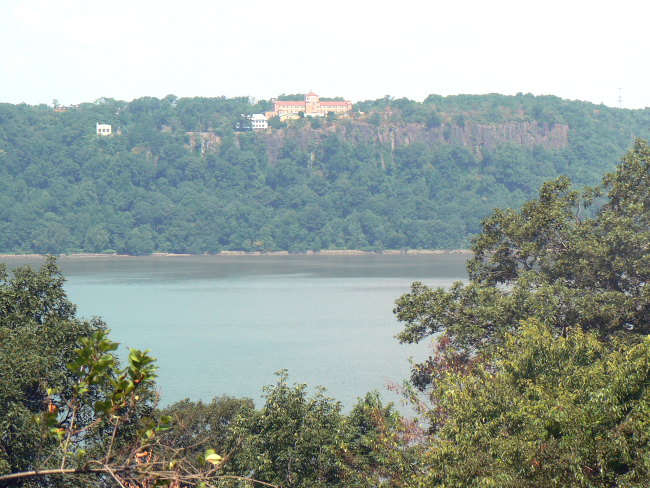The Cloisters Museum and Gardens
Author: Ria | Category: Museums, New York | Tags: Beautiful view, Church, Cloisters, Cloisters Museum and Gardens, Garden, history, Medieval, Museum, New Jersey, Plants, Tapestries
Every person in the city, whether a native New Yorker or a visitor, has heard of the Metropolitan Museum. And a majority would have been there too, at least once. But that is not the case with the Cloisters, located at the top of Manhattan. Though it is a branch of the Met, not many people are familiar with this unique museum.
The Cloisters Museum and Gardens is focused on the art and architecture of medieval Europe, mainly from 12th to 15th centuries.
In fact, the whole place is designed on the architectural principles of a cloister in medieval Europe, though not modelled on any particular one, instead borrowing features from many.
When you see the museum, you will realise the appropriateness of the name as cloisters were living spaces for the monks, attached to cathedrals and churches in medieval European history.
The building with its stained glass windows and column capitals truly exudes an aura of grandeur and you feel like you are stepping into a long gone age of chanting monks leading a secluded life.
Among the decorative and liturgical art collection from various parts of Europe on display are illuminated manuscripts, stained glass, metalwork, enamels, ivories, and tapestries.
Most renowned among them are a series of seven tapestries, ‘The Hunt for the Unicorn’, commonly known as the Unicorn Tapestries.
These tapestries tell the story of how the unicorn is captured and killed, yet alive again and happily living in captivity. Leaving aside the allegorical allusions aside, these tapestries are full of rich details. Over a hundred plants and flowers are shown in detail, each bearing a significance to the story. A trip to the Cloisters is worth just to look at this set of tapestries; they are so rich and wonderful.
The gardens at the Cloisters are unique in the sense that they are aligned with the culinary arts. There are all kinds of plants, fruit bearing trees and herbs used in the preparation and flavouring of food. Also, there are many medicinal plants as well. These are plants that played a prominent part in the daily lives of the people living then.
For example, you will see woad, weld and madder plants that were used in the dyeing of material in blue, yellow and red respectively. And remember, these are the colours used to colour the threads in the tapestries that we just spoke about.
Intriguingly, there is a section of the garden devoted to poisonous plants! Of course, these plants too had medicinal qualities in the right hands, but the medieval background reminds one of many a story of intrigue and treason where poison played a main role.
These gardens have been planned and laid out to replicate a cloistered garden in the medieval times, based on horticultural information found in medieval treatises and poetry, and garden documents and herbals. A herbal, by the way, is a book containing descriptions of plants put together for medicinal purposes.
And the view… Did I mention that the Cloisters is located overlooking the Hudson? From the walks around the gardens, the view of the cliffs across the river is awesome!
Included in the view is the George Washington Bridge stretching across to New Jersey.
Opened on May 14, 1938, the museum is celebrating its 75th anniversary this year. And what better occasion than this to make a visit to the Cloisters Museum and Gardens? And the summer is the ideal time to pack a picnic lunch and spend a glorious day at this museum.
~Ria
11 Jul 2014













